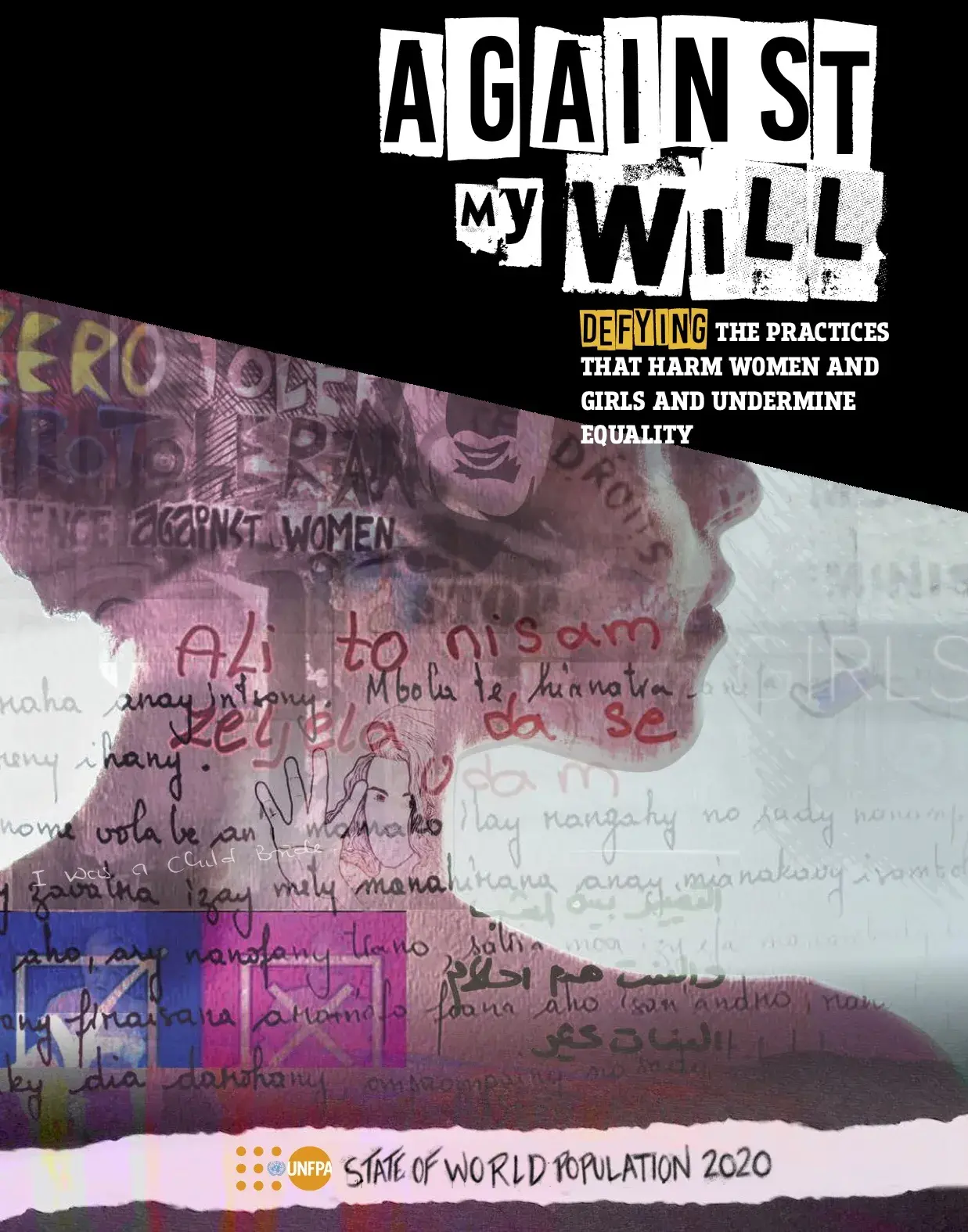Youth aged between 16 and 30 make up almost 25% of Vietnam's population, just over 23 million people. The majority of the youth population are in the labor force and act as a driving force for the country's development. Vietnam's youth are essential to successfully achieving national development goals. Investment in, and the comprehensive development of, youth is both a responsibility and a goal of the whole society. In recent years, the government has created and implemented a youth development policy to ensure the stability and sustainable development of the country. As youth make up such a significant proportion of the workforce, they must be at the center of any strategy to foster and develop Vietnam's human resources.
With the technical support of the United Nations Population Fund (UNFPA) in Vietnam, the Ministry of Home Affairs has conducted research and developed a “Report on Vietnamese Youth in the period of 2015 - 2018”. This report follows the first National Report on Vietnamese Youth (published in 2015). This report uses secondary data from the General Statistics Office of Vietnam – Ministry of Planning and Investment, Ministry of Public Security, Ministry of Education and Training, Ministry of Labor, War Invalids and Social Affairs, and survey results from empirical studies, annual assessments, phased assessments on youth-related issues and the implementation of youth-related policies to make general observations about the current situation of youth-related issues and youth policies.
The report focuses on seven areas of key concern for youth: Population; Labor – Employment; Education – Training; Health; Culture – Entertainment; Youth participation; Youth in conflict with the law and the impact of social vices on youth. The report also provides recommendations and policy suggestions to help improve policies and the legal framework to comprehensively develop Vietnamese youth and equip them to be strong and positive agents for the country's development.
The report provides a general overview of the situation of youth and their development between 2015-2018. The report can also be used as a scientific basis for studying and developing youth development policies.


